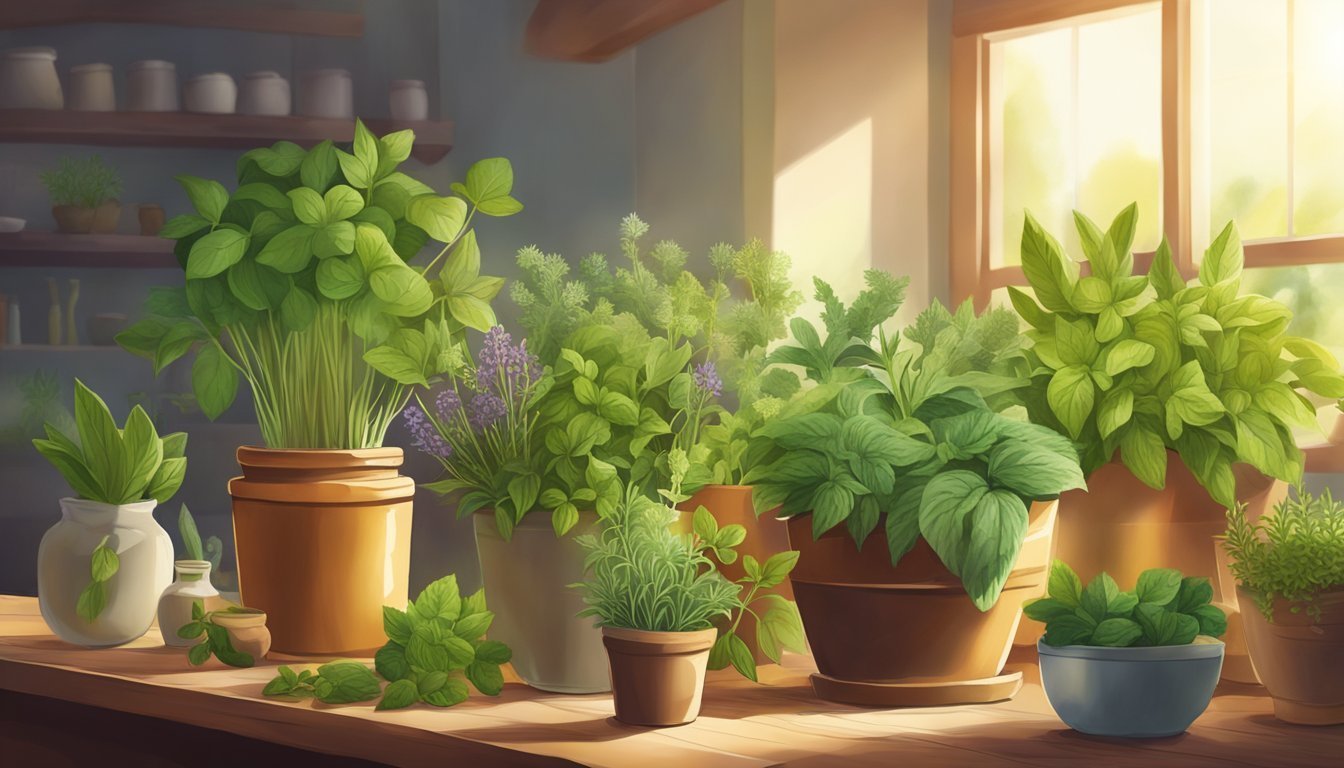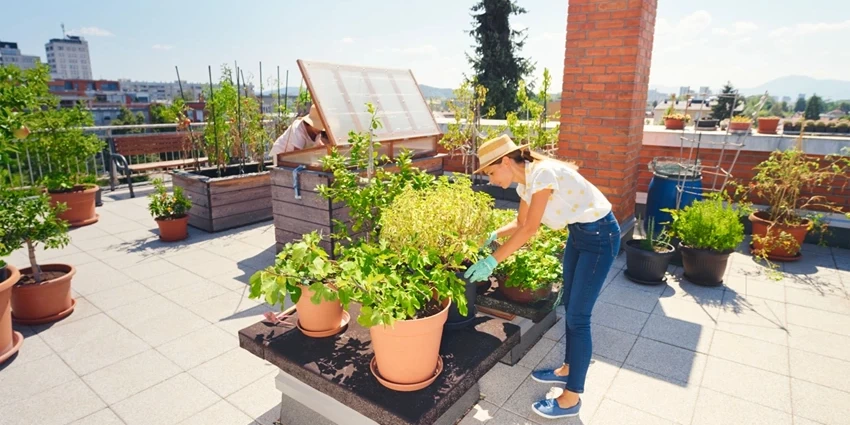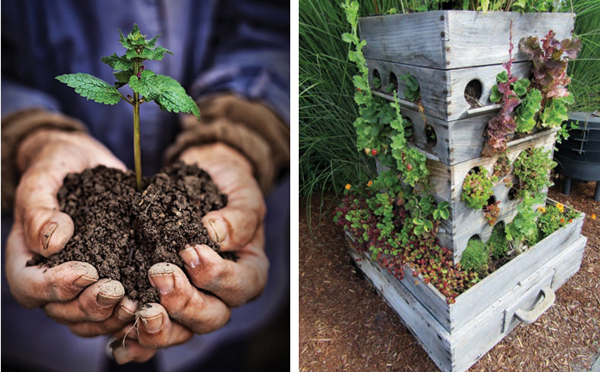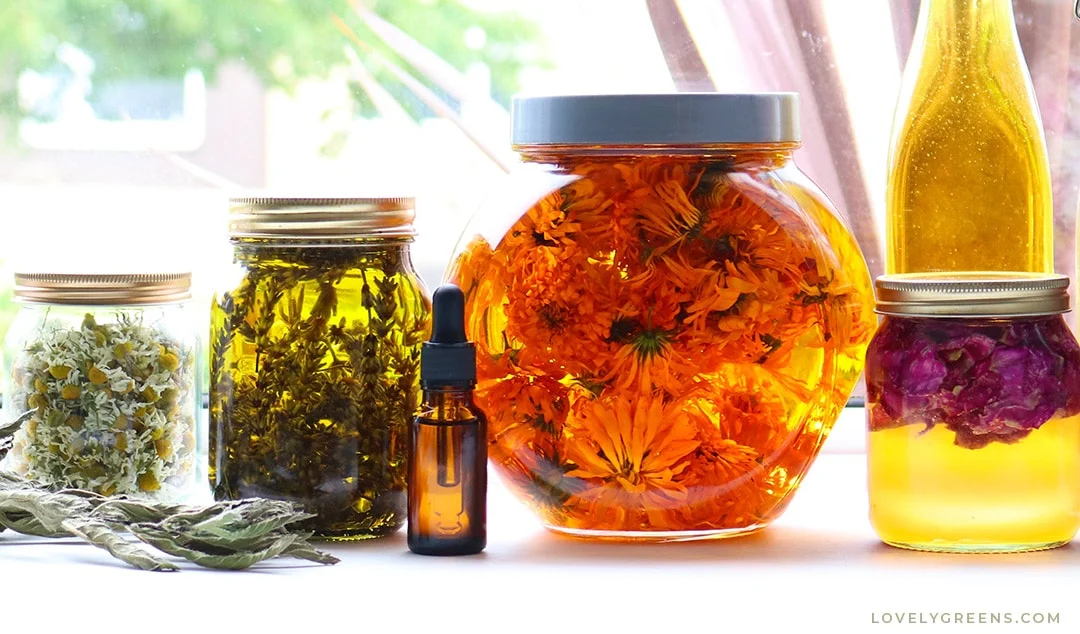In the embrace of nature, sustainable herbalism emerges as a practice deeply rooted in respect and care for the environment. This approach to harvesting herbs prioritizes the well-being of ecosystems, ensuring that the medicinal and culinary benefits of plants are available for generations to come. By adhering to principles of sustainability, we can extract the essence of plants without depleting their populations or harming their natural habitats. This article sheds light on how to harmonize our herbal practices with the preservation of the environment.
Understanding the Importance
Firstly, we must recognize the crucial role of herbs in ecosystems. They are not merely resources for human use but integral components of their habitats, offering nourishment and shelter to numerous species. Sustainable harvesting thus becomes an act of maintaining balance, ensuring that our use of these plants does not disrupt the intricate web of life.
The Principles of Sustainable Harvesting
Adopting a sustainable approach involves several key principles:
- Knowledge Is Power: Educate yourself about the local flora. Identifying herbs correctly prevents the accidental harvesting of endangered or toxic species.
- Take Only What You Need: This age-old wisdom reminds us to harvest sparingly, leaving enough for the plant to regenerate and for wildlife to benefit from its presence.
- Harvest at the Right Time: Picking herbs during their optimal growth phase maximizes their potency and minimizes harm to the plant.
- Use the Entire Plant: By utilizing the whole plant, we honor its life and reduce waste, making the most of its benefits.
Techniques for Responsible Harvesting
Let’s delve into the practical steps for sustainable herbalism:
- Selective Harvesting: Instead of stripping an entire area of a specific herb, select a few plants from different locations. This approach supports the plant’s ability to replenish its population.
- Pruning with Care: When cutting plants, do so in a way that encourages growth. For many species, cutting just above a leaf node can stimulate the plant to produce more foliage.
- Leave No Trace: After harvesting, ensure the area looks untouched. This respects the habitat and the other beings that call it home.
Cultivating Sustainability
Beyond harvesting, sustainable herbalism involves cultivating a deeper relationship with the land. Here are some ways to nurture this connection:
- Grow Your Own: Whenever possible, cultivate herbs in your own space. This reduces pressure on wild populations and provides a direct hand in the cycle of growth and harvest.
- Support Ethical Sources: When purchasing herbs, choose suppliers who prioritize sustainability in their harvesting and farming practices.
- Educate Others: Share your knowledge and experiences. By spreading awareness, we can collectively shift towards more sustainable practices.
Community and Conservation
Sustainable herbalism thrives on community involvement and conservation efforts. Participating in or initiating local conservation projects can have a profound impact. These activities not only protect the environment but also foster a sense of community and connection to the land.
Embracing the Future
In conclusion, sustainable herbalism offers a path forward that respects the earth and its bounty. By adopting sustainable practices, we ensure that the gifts of nature remain abundant and accessible. It’s a commitment to harvesting with intention, wisdom, and care for the environment. As we move forward, let us hold these principles close, nurturing a future where both people and the planet can flourish together. Through our actions, we can make a significant difference, one herb at a time.




